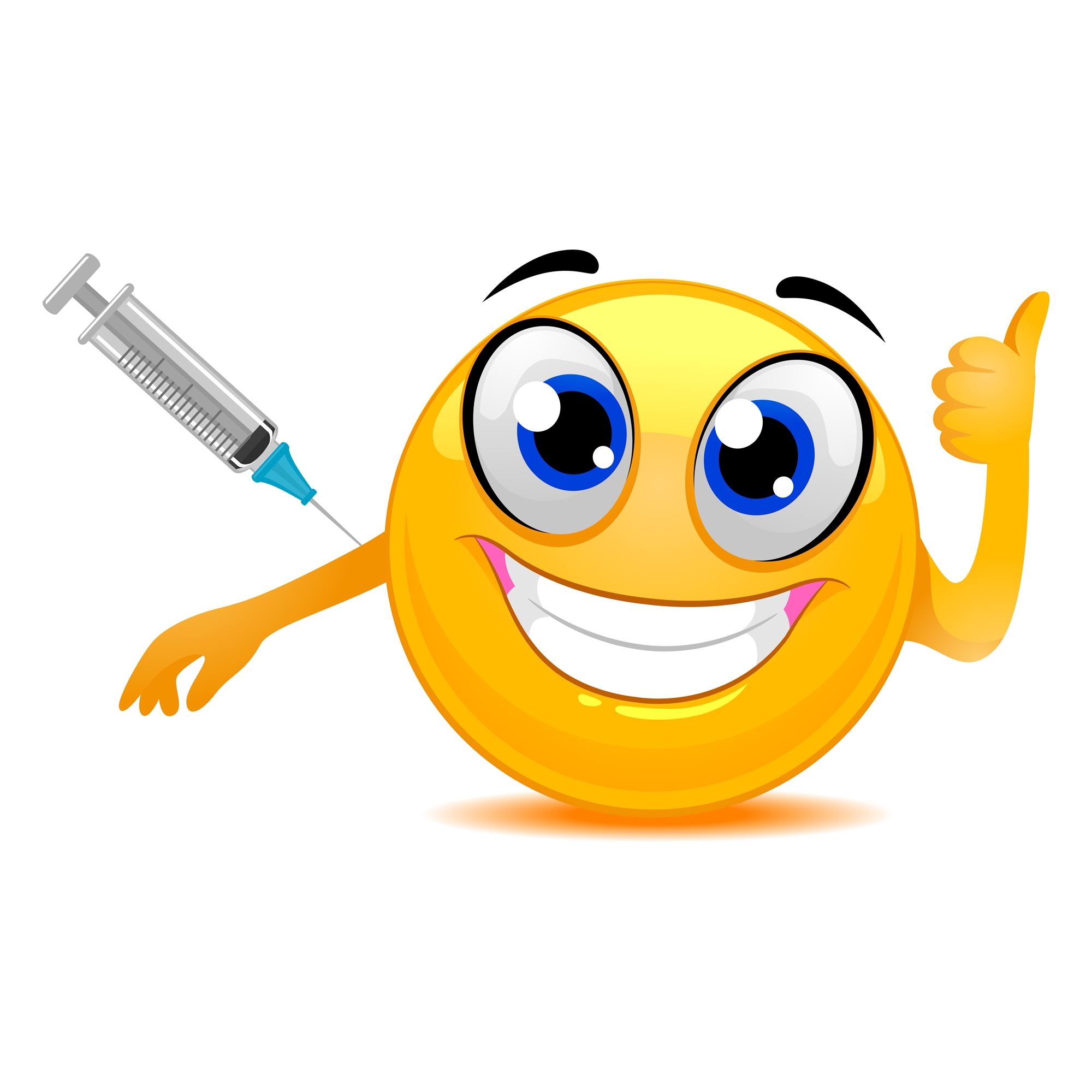Introduction to Neisseria meningitidis
Neisseria meningitidis could lead to meningococcal meningitis. Although it is a not a common disease, it still has a considerably high severity rate and mortality rate. Without the correct and timely medicinal administration, one in every 2 patients could die. Even with the correct administration, 1/10 of patients could still die while 30% of the survivors could suffer from long-term sequela (i.e.: hearing loss, epilepsy, neurological dysfunction, or finger/limb amputation).
Prevention
Receive meningitidis Group B vaccination and keep personal hygiene and wear face masks in high-risk areas. Avoid getting in contact with patients of respiratory diseases.
Recommended vaccination schedule
|
Age for first dose
|
Primary immunization
|
Interval between primary dose
|
Booster Dose
|
|
2 to 5 months old
|
2 doses
|
Not less than 2 months
|
One dose should be administered at 12 and 15 months of age, with an interval of at least 6 months between the primary series and the booster dose.
|
|
3 doses
|
Not less than 1 month
|
||
|
6 to 11 months old
|
2 doses
|
Not less than 2 months
|
One dose should be administered in the second year of life, with an interval of at least 2 months between the primary series and the booster dose.
|
|
12 to 23 months old
|
2 doses
|
Not less than 2 months
|
One dose should be administered, with an interval of 12 to 23 months between the primary series and the booster dose.
|
|
2 years old and above or adults
|
2 doses
|
Not less than 1 month
|
According to official recommendations, a booster dose should be considered for individuals at ongoing risk of exposure to meningococcal disease.
|

Common Adverse Reactions
Including eating disorders, drowsiness, abnormal crying, headache, diarrhea, vomiting (rarely after receiving a booster dose), rash (in children aged 12 to 23 months) (rarely after receiving a booster dose), joint pain, fever (≧ 38°C), agitation, and tenderness, redness, swelling, and nodules on the injection site.

